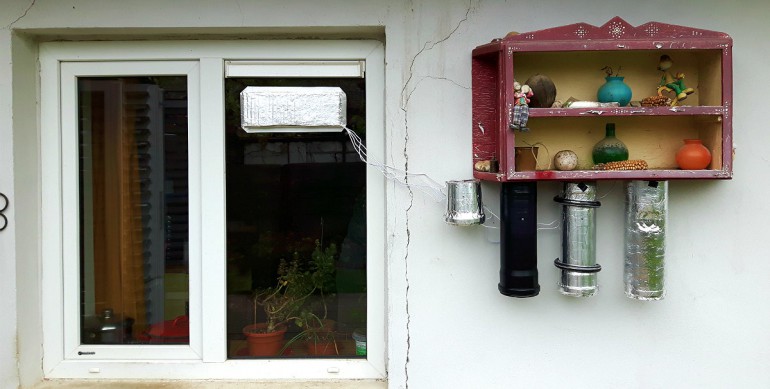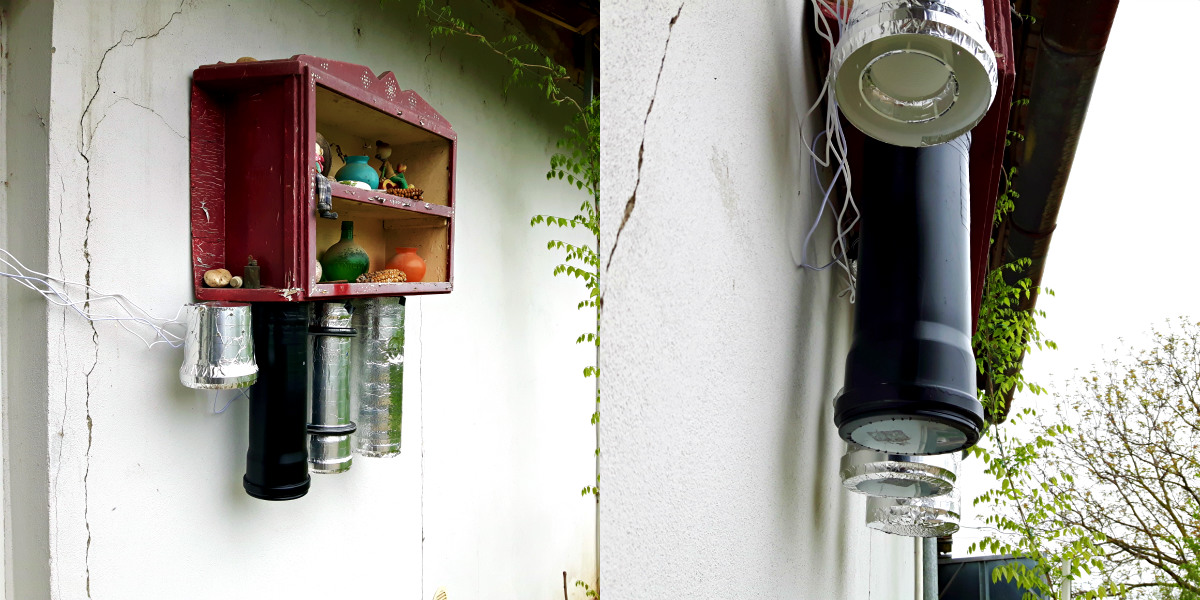A couple of years ago I got hooked to pinhole photography and joined a community of people who search to understand and work with light somehow different. This beautifully open and creative community surprises me each day with stunning pictures, cameras, ideas and projects, each unique in their own way. At Christmas I want to bring a little contribution of my own, sort of a small present, to all of you pinhole people out there!
Since I started taking long exposures with my pinhole cameras I wondered in what way and how much the camera build can affect the photographic outcome of a picture. The main photographic medium used in solargraphy for instance, photographic paper, is clearly designed for other approaches so it's functioning parameters are at least "challenged" during it's prolonged exposure to light, temperature and humidity variations.
After some years of wondering and making suppositions regarding how different setups impact the outcome of a long exposure project, I decided to devise a test. Sort of a proof of concept: in what way does an insulated and shielded camera perform differently than a regular and plain one ?
If it does perform differently, in which way and more important why precisely ?
In order to better understand the implications of choosing a camera build for long exposures I needed to understand what goes on inside a camera. Besides light, the second and third most important factors which impact the photographic paper are temperature and humidity. So the decision of a monitored half year solargraph exposure was taken!
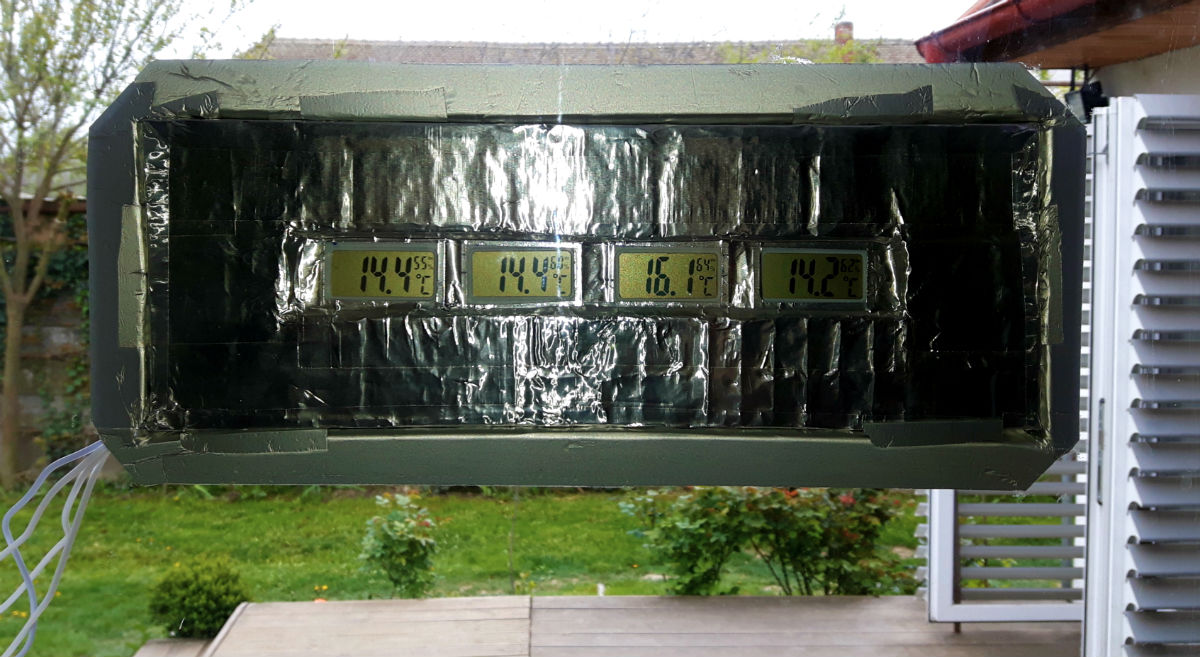
I decided to build 3 cameras with identical geometrical characteristics, mounted in the same conditions, exposed to light in the same way using the exact same pinhole and photographic paper. With an array of 4 identical temperature and humidity sensors: 3 for the cameras and one for the external conditions, the pinhole internal climate project monitoring project was born.
The decision fell to collect the data 3 times a day: at 9:00 o'clock in the morning, in the early afternoon at 16:00 o'clock and in the late evening at 23:00 o'clock.
The idea was to find a location in which the cameras could be safe and where they could be accessed and checked. I wanted sort of a normal spot, facing south, yet not in the full sun, near a wall and perhaps some vegetation - sort of the usual solargraphy conditions. The cameras had to be placed near each other and near the weather station for similar reading conditions. Considering that the camera design should reflect a practical approach, I decided that for this experiment they should be "buildable, affordable, regular" cameras. So the contestants are, in form of a couple of PVC pipes, as follows:
CAM A - an insulated camera,
CAM B - a camouflaged camera, equipped with a natural ventilation system
CAM C - a pitch black, bare camera
(X stands for the weather station)
The location provided solar exposure in the first part of the day, till afternoon. In the video above you can find how the sun fell over the cameras at the beginning of the experiment, at the middle of it and in the last day.
(Feel free to use the slider and stop button of the player to play with the sun)
The initial name for the project was "the good, the bad and the ugly" since the cameras looked different. But there are no good and bad cameras as long you can expect and also obtain a certain result.
Afterwards I leaned towards the more technical title: Pinhole camera internal climate monitoring, so that the community could, if interested, find it more easily.
In the video above you can find the solar angle for the hours depicted in the main video, for information and documenting purposes. Also feel free to use the slider and stop button of the player to play with the sun.
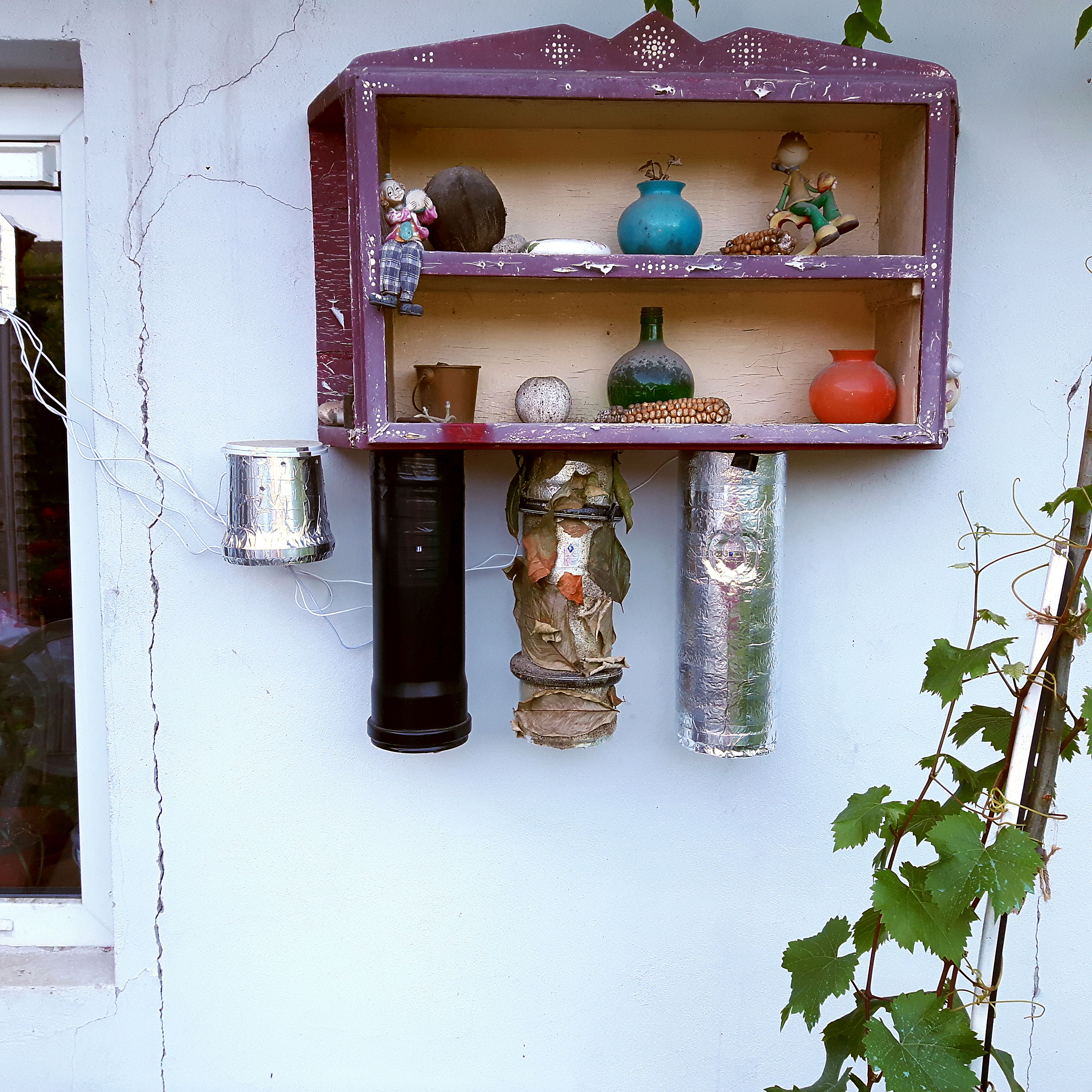
In the following posts I hope to engage active members of the community in judging the results. All the detailed technical aspects of each build, the outcome of each camera including the produced image, the internal and external temperature and humidity charts collected during the exposure, pixel intensity charts, histograms and more will be publicly shared so ... stay tuned and Happy Holidays!
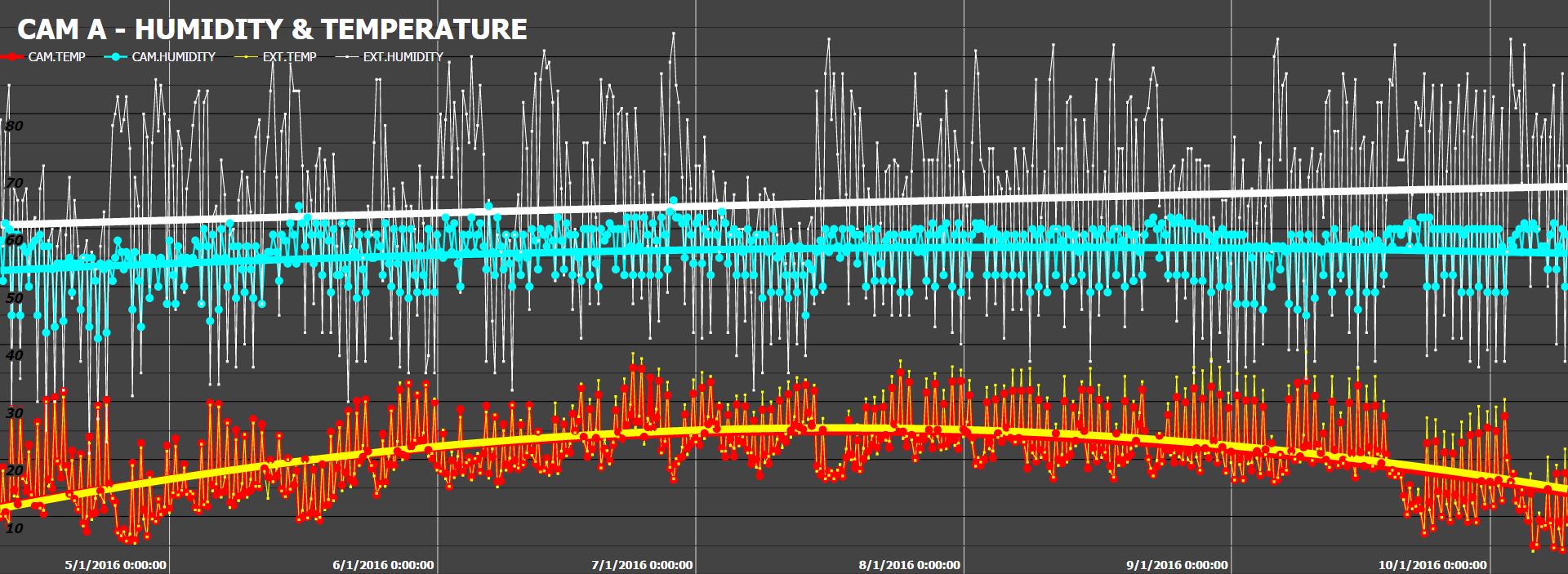
The processing of the data is still ongoing but for those of you interested can find above one of the data charts from the insulated camera, CAM A.

